Improved blood orangeade is a seasonal blood orange twist on Jerry Thomas’ 1862 recipe for fine lemonade or orangeade for parties. Jerry Thomas provides his recipe for orangeade which follows the same formula as his lemonade recipe but uses oranges instead of lemons in the ‘temperance drinks’ section of his Bar-tender’s Guide published in 1862 (Thomas 1862: 239-241). He describes how an ‘improved’ lemonade or orangeade can be achieved by the addition of sherry and an egg white beaten through. I have used blood oranges infused with cinnamon in place of ordinary oranges or lemons and experimented with a non-alcoholic version of this orangeade and an ‘improved’ blood orangeade with the addition of sherry and egg white. Citrus, egg white and sherry sounds like an unlikely combination, but is amazingly delicious, creating a smooth, silky mouth feel and a complex spiced, blood orange meringue flavour from the egg, blood orange and Oloroso sherry, which pairs wonderfully with citrus and has a nutty note. Improved blood orangeade is a grown up version of orangeade that blurs the boundaries between what we consider a cocktail or alcoholic drink and a mocktail – the amount of sherry is not specified but even a very small amount makes an amazing difference to the flavour of the drink. Improved blood orangeade speaks to a time before prohibition when drinks were created for the flavour experience they produced – it’s a fine and lavish party drink that is adaptable to imbibers who would like a low alcohol or non-alcoholic drink that nonetheless has a delicious complex citrus and spice flavour.
What is orangeade? How do you make orangeade?
Jerry Thomas’ 1862 recipe for fine lemonade or orangeade for parties appears in the ‘temperance drinks’ section of his Bar-tender’s Guide dating from 1862 (Thomas 1862: 239-241).
Ingredients & method – The recipes for fine lemonade and orangeade call for lemon or orange zest and juice, sugar and water. The citrus zest is rubbed with the sugar to release the oils and then the juice is pressed from the fruit and added to this mixture in a ‘jug’ along with boiling water which dissolves the sugar. The infusion is cooled and then strained ready for use as a party drink. Thomas (1862: 239-241) describes how to make orangeade using the ‘224. Lemonade (Fine for parties.)’ recipe:
“225. Orangeade.
This agreeable beverage is made the same way as Lemonade, substituting oranges for lemons.”
Presentation – The fine lemonade and orangeade recipes for parties do not specify how the drink is to be served although it is made in a ‘jug’ (Thomas 1862: 239-241). There are some clues in the presentation and serving suggestions for other lemonade recipes in this section – there are 5 other lemonade recipes including an orgeat lemonade and ginger lemonade. The by the glass ‘222. Lemonade.’ recipe specifies the type of glassware to be used and how the drink is to be served and garnished – the by the glass lemonade recipe includes lemon juice, sugar, pieces of orange, raspberry or strawberry syrup, added to a ‘large bar glass’ of crushed ice, topped with water and then dashed with port and garnished with seasonal fruit (Thomas 1862: 239-241). Thomas (1862: 239-241) writes:
“Fill the tumbler [large bar glass] one-half full with shaved ice, the balance with water; dash with port wine and ornament with fruits in season.”
This by the glass lemonade recipe has similarities with the fine lemonade or orangeade for parties in that the syrup and citrus are to be ‘improved’ with a dash of port wine in this instance and sherry in the instance of the fine lemonade and orangeade. Recipe ‘226. Orgeat Lemonade.’ also calls for crushed ice and a seasonal berry garnish, although the orgeat and lemon are shaken with ice and topped with water (Thomas 1862: 241). Crushed ice and a fruit garnish were important in presenting lemonade and the addition of port was by the ‘dash’ to a large bar glass of lemonade.
How is orangeade improved to become improved orangeade?
Jerry Thomas (1862: 239-241) relates that his recipe for fine lemonade or orangeade can be improved by the addition of sherry and egg white beaten through the drink, he writes:
“The lemonade will be much improved by having the white of an egg beaten up with it; a little sherry mixed with it also makes this beverage much nicer.”
The pairing of citrus with sherry and egg white creates a delicious drink that has a smooth and silky mouthfeel and complex spice notes.
Sherry – Jerry Thomas (1862: 239-241) does not provide details on the measure or type of sherry to be used in this recipe. He only states that the lemonade may be ‘improved’ with ‘a little sherry’ added to it. In the by the glass recipe for lemonade the port wine is added by the dash to a large bar glass, so it seems it could be quite a small amount that was required. I added a ½ shot per cup of blood orangeade – this recipe yields 4 ½ cups so 2 ¼ shots are needed in total.
After some testing, I chose a drier style Oloroso sherry to pair with the blood oranges and cinnamon – this adds a complex spice and nutty flavour to the drink. I also tried a sweeter style Pedro Ximenez but this was too sweet to my taste – the Oloroso added more complexity and depth.
Egg white – the 1862 version of the recipe is smaller in quantities than the 1887 version and helpfully specifies that 1 egg white should be beaten through a batch using juice of 3 lemons and the rinds of 2, along with ½ lb. loaf sugar and 1 quart boiling water.
Blurring the boundaries between soft & hard drinks in search of flavour – I find it interesting that in the Bar-tender’s Guide published in 1862 before prohibition even a ‘temperance drink’ such as lemonade or orangeade could be improved by the addition of sherry. For me, this speaks a blurring of the lines between what is considered a hard and a soft drink – the recipe was more about combining ingredients to make a delicious drink. Improved lemonade resonates for me with lemon lime and bitters – which features bitters containing alcohol as a flavouring but is classified as a non-alcoholic drink. For more about the history of lemon lime and bitters see my post on lemon, lime and rhubarb bitters. It is this search for flavours that really interests me – how certain flavours work with and enhance one another. In this case the addition of sherry and egg white offers a whole new experience of the orangeade. Without the improvements the orangeade is a delicious and refreshing drink, with the egg white and sherry it becomes more substantial with a smoother mouthfeel and more depth and complexity of flavour with sweetness, dryness and spice from the sherry which pairs wonderfully with citrus.
How is improved blood orangeade different?
Improved blood orangeade offers a seasonal twist on Jerry Thomas’ 1862 (1862: 239-241) recipe for fine lemonade or orangeade for parties using in season fresh blood oranges paired with cinnamon and dry Oloroso sherry along with egg white. The use of blood oranges and the addition of cinnamon and a low GI cane sugar are my own contribution and I have experimented with the style of sherry and measurements to find a good pairing for blood oranges in a nutty dryer style Oloroso.
How to make improved blood orangeade: Ingredients & method
Making the improved blood orangeade is easy – requiring the zest and juice of fresh blood oranges, low GI cane sugar, cinnamon, boiling water, sherry and egg white. The orange juice and zest, sugar, cinnamon and water are combined and then cooled and strained. Once prepared the orangeade can then be improved with the sherry and egg white. I’ve provided detailed notes on my method and helpful tips on how to make improved blood orangeade as Jerry Thomas’ 1862 recipes for fine lemonade and orangeade does not provide a great deal of detail on the execution.
Blood oranges – blood oranges are a winter fruit with an amazing colour that ranges from bright deep red to lighter orange – when juiced the colour is bright red or pink and has an amazing complex tart flavour. This improved blood orangeade recipe uses the zest and juice of the blood oranges. I have increased the zest to that from all 3 oranges rather than 2 – this worked well as the oranges I had were on the small side.
Cinnamon – Cinnamon offers a sweet spice flavour and heat that pairs well with the tartness of blood oranges.
Low GI cane sugar – I used a low GI cane sugar to make this recipe low GI friendly. There is quite a bit of sugar in this recipe – ¾ of a cup – however it does make use of fresh seasonal blood orange juice and serving with crushed ice or topping with mineral water ensures further dilution.
Method – The zest of the blood oranges is rubbed with the low GI cane sugar to release the orange oils. This sugar and blood orange zest mixture has the fresh blood orange juice added to it and is mixed to begin dissolving the sugar. The cinnamon stick is added and then boiling water poured over and the mixture stirred to dissolve the sugar. This mixture is then cooled and once cooled strained using a fine mesh strainer into a clean container such as a lemonade jug or bottle, or if you are adventurous and want to take it one a picnic, a thermos with ice cubes added (wait to add the improvements directly before serving if using).
- Tip – Use a saucepan to combine the boiling water, sugar, zest, juice and spice: I used a medium sized saucepan to make the lemonade to avoid glass shock to my lemonade jug.
- Tip – Use a hand juice press to juice the blood oranges: I used a hand citrus press – which I highly recommend when making lemonade or orangeade or punch – they make amazingly fast work of juicing and are very efficient at extracting the juice.
Adding the improvements – Sherry & egg white
Once the blood orangeade is cooled, strained and decanted it’s time to add the improvements if you would like to. It’s already amazing as is and makes a fine refreshing drink with ice or with a little mineral or soda water for some additional fizz. The improvements are well worth trying and I highly recommend giving them a chance.
Oloroso sherry – I experimented with both a sweet style Pedro Ximenez and a dryer style Oloroso sherry – the Oloroso added more depth and complexity with spice and nutty flavours that complemented the tart and sweet blood oranges and cinnamon. I added ½ shot per cup of blood orangeade and this ratio worked well to add flavour – for this batch 2 ¼ shots were used yielding a very flavoursome but low alcohol drink. I added the sherry to the blood orangeade when I decanted it into a jug for serving.
Egg white – Following Jerry Thomas’ (1862: 239-241) recommendation I tried adding 1 egg white to this recipe for improved blood orangeade. It does seem an unlikely addition and I was not at first sure how this would turn out, but they do not call him the ‘professor’ for nothing – the addition of egg white makes an amazing transformation to this drink. Beating an egg white into the blood orangeade adds another dimension to the texture of the drink – adding a smoother and silkier mouth feel, it also adds a subtle flavour that complements the blood oranges and sherry – tasting like a delicious blood orange and sherry spiked pavlova with notes of spice and nuts.
- Tip – Use a real free range organic egg: As with adding eggs to any other drinks use a quality fresh organic real free range egg for best results. Add the egg white directly before serving.
- Tip – Whisk in the egg white in the serving jug: I added the egg white to the blood orangeade by whisking it in the serving jug – this was a good way add the egg white as it is best consumed straight away once added. I simply whisked the egg white through the blood orangeade and sherry mixture to combine – it does create a foamy consistency with bubbles of egg white but not as much as you would achieve when shaking an egg based cocktail – it’s a more subtle effect but nonetheless amazing and delicious.
- Tip – Make blood orangeade ahead & add improvements directly before serving: The blood orangeade itself can be made ahead of time and refrigerated but I recommend adding the improvements directly before serving.
Improved blood orangeade styling and photography
Following a close reading of Thomas’ (1862: 239-241) lemonade recipes I have followed the styling he recommends for his by the glass lemonade and orgeat lemonade recipes where the lemonade is prepared and poured over a tall glass of crushed ice and garnished with seasonal fruit. I chose a simple tall glass and glass reusable straw so as to make the blood orange wedge and blood orange twist garnish the star of the show, along with the amazing pink-red colour of this drink which also has an incredible texture from the egg white which is aerated when blended with the blood orangeade. Improved blood orangeade is a refreshing and fine party drink that is low alcohol but packed with amazing seasonal flavour from blood oranges paired with cinnamon, notes of spice and nuts from Oloroso sherry and a silky smooth mouthfeel from egg white. I photographed this drink in bright sunlight to show up the gorgeous colours of the blood oranges and to be able to capture the bubbling pour with aerated egg white bubbles. The photographs feature simple minimal styling with a focus on the fresh in season blood oranges and this recreation of Jerry Thomas’ 1862 improved fine orangeade with a seasonal twist using blood oranges, cinnamon, Oloroso sherry and egg white.
Improved blood orangeade: Fine lemonade twist
Print RecipeIngredients
- Rind of 3 blood oranges
- Juice of 3 blood oranges
- ¾ cup of low GI cane sugar
- 1 cinnamon stick
- 3 ¾ cups boiling water
- 2 ¼ shots of Oloroso sherry (optional)
- 1 egg white (optional)
- Mineral or soda water to top (optional)
- Crushed ice to serve
- Glassware: serving jug, tall glass, reusable glass straw
- Garnish: blood orange segment, blood orange twist
Instructions
Wash blood oranges well with warm water
Use a channel zester or vegetable peeler to remove the outer zest
Rub the blood orange zest with low GI cane sugar to release the blood orange oils
Juice the blood oranges with a hand juice press
Add the fresh blood orange juice to the sugar and zest mixture in a heat proof bowl or saucepan
Add the cinnamon stick
Add the boiling water and stir to dissolve the sugar
Set the bowl or saucepan aside to cool down
Once cooled strain the liquid into a serving jug using a fine mesh strainer to remove the blood orange zest and cinnamon stick
If using add the sherry and stir to combine
If using egg white – add this to the serving jug and whisk well to aerate the egg white and combine with the blood orangeade
Serve using a tall glass filled with crushed ice
To crush ice – add ice to a clean tea towel and bang with a rolling pin, add to your glass using an ice spoon or julep spoon
Pour the improved blood orangeade over the crushed ice
Top with mineral or soda water if using for further dilution
If the ice subsides, add a small cap of crushed ice to rest the garnish on
Cut a blood orange segment by cutting the orange in half through the stem and base and then halving and quartering the segments
Peel a section of blood orange zest – bend this gently over the finished drink to express the blood orange oils and pass around the rim of the glass, add to the top of the drink
Serve with a reusable glass straw
Notes
Improved fine lemonade and orangeade recipe by Jerry Thomas
Jerry Thomas (1862, 2018 reprint). The Bar-tender’s Guide: Bon-vivant’s companion. Dick & Fitzgerald: New York, reprint by Thomas Majhen.
Jerry Thomas (1887, 2016 reprint). Jerry Thomas’ Bar-tender’s Guide: How to mix all kinds of plain and fancy drinks. Dick & Fitzgerald: New York, reprint by Dover Publications: New York.
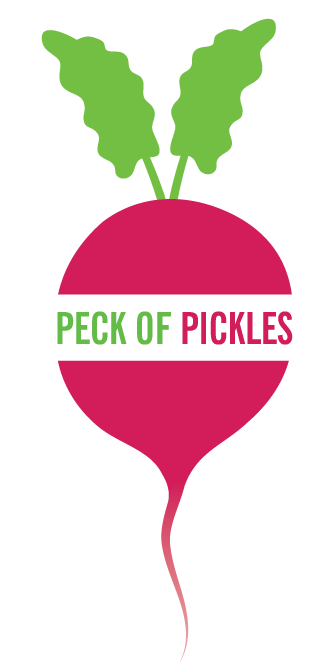
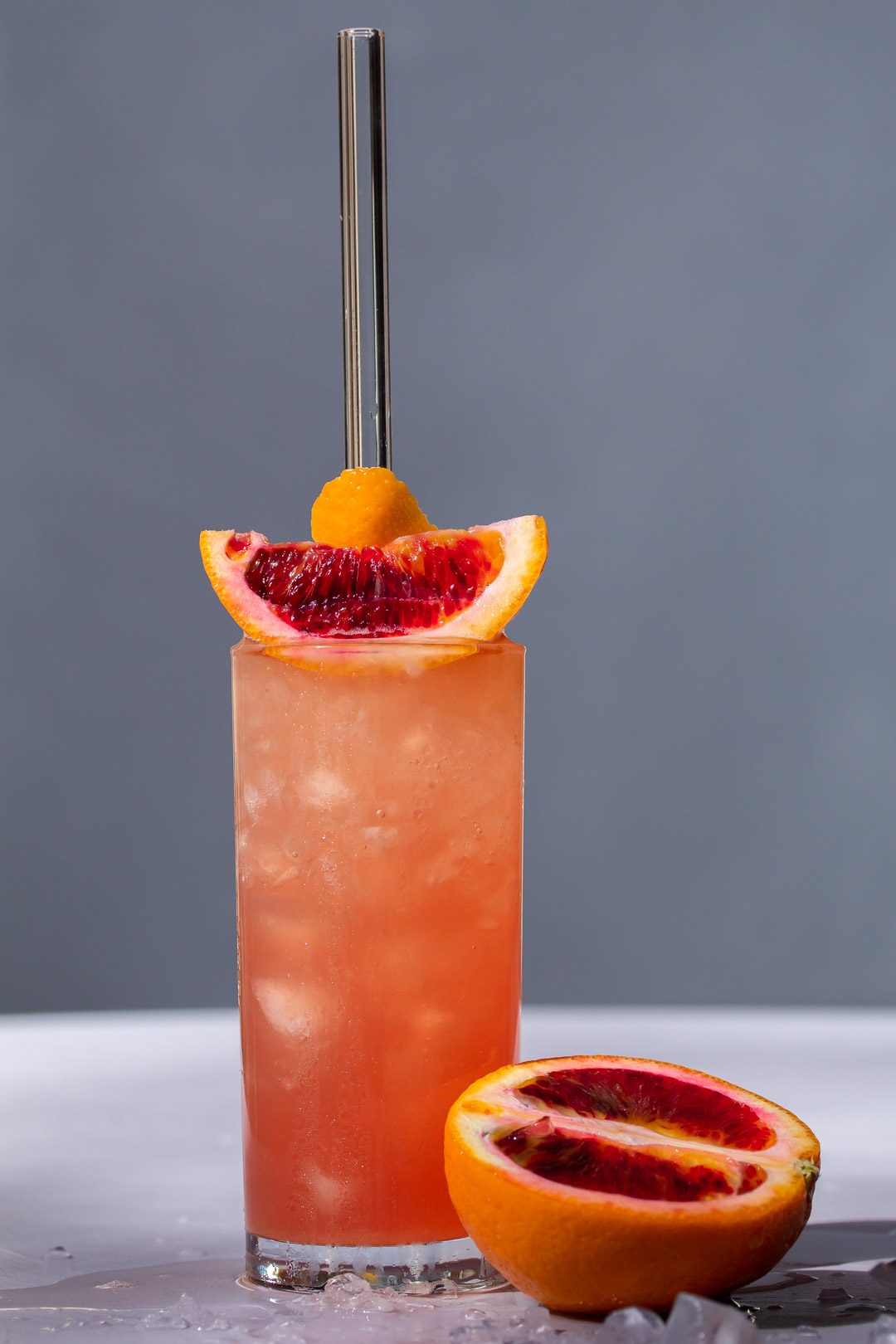
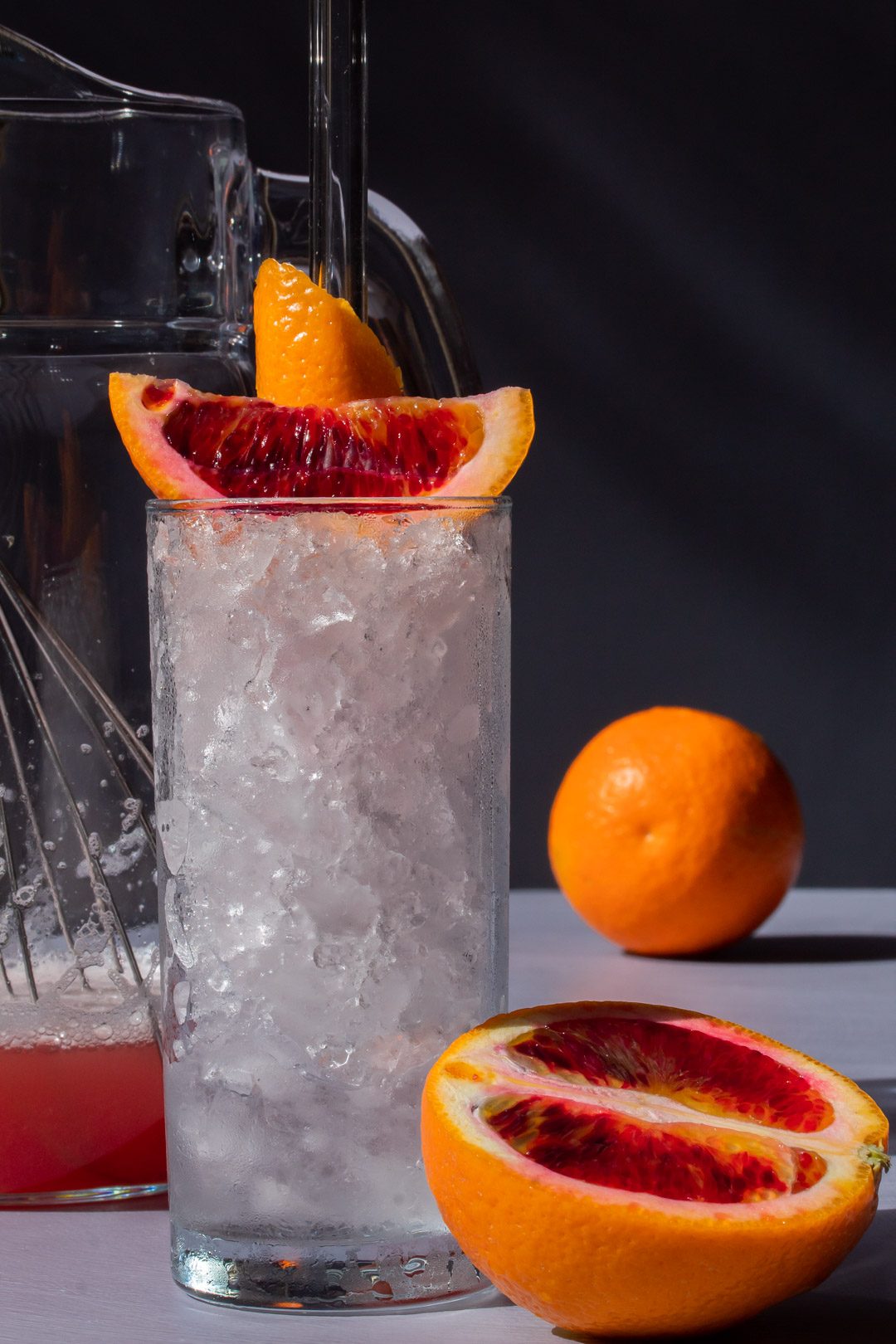
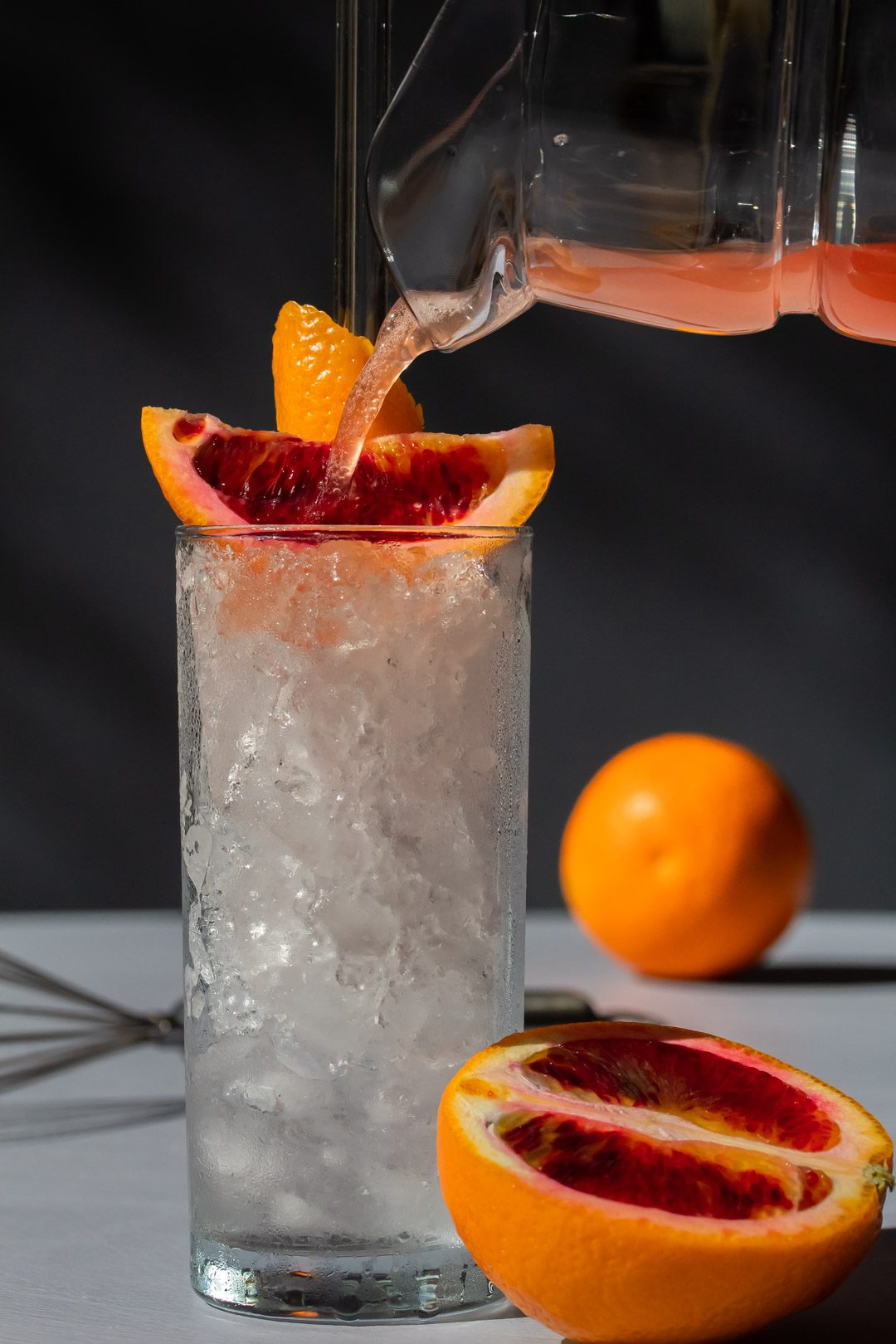
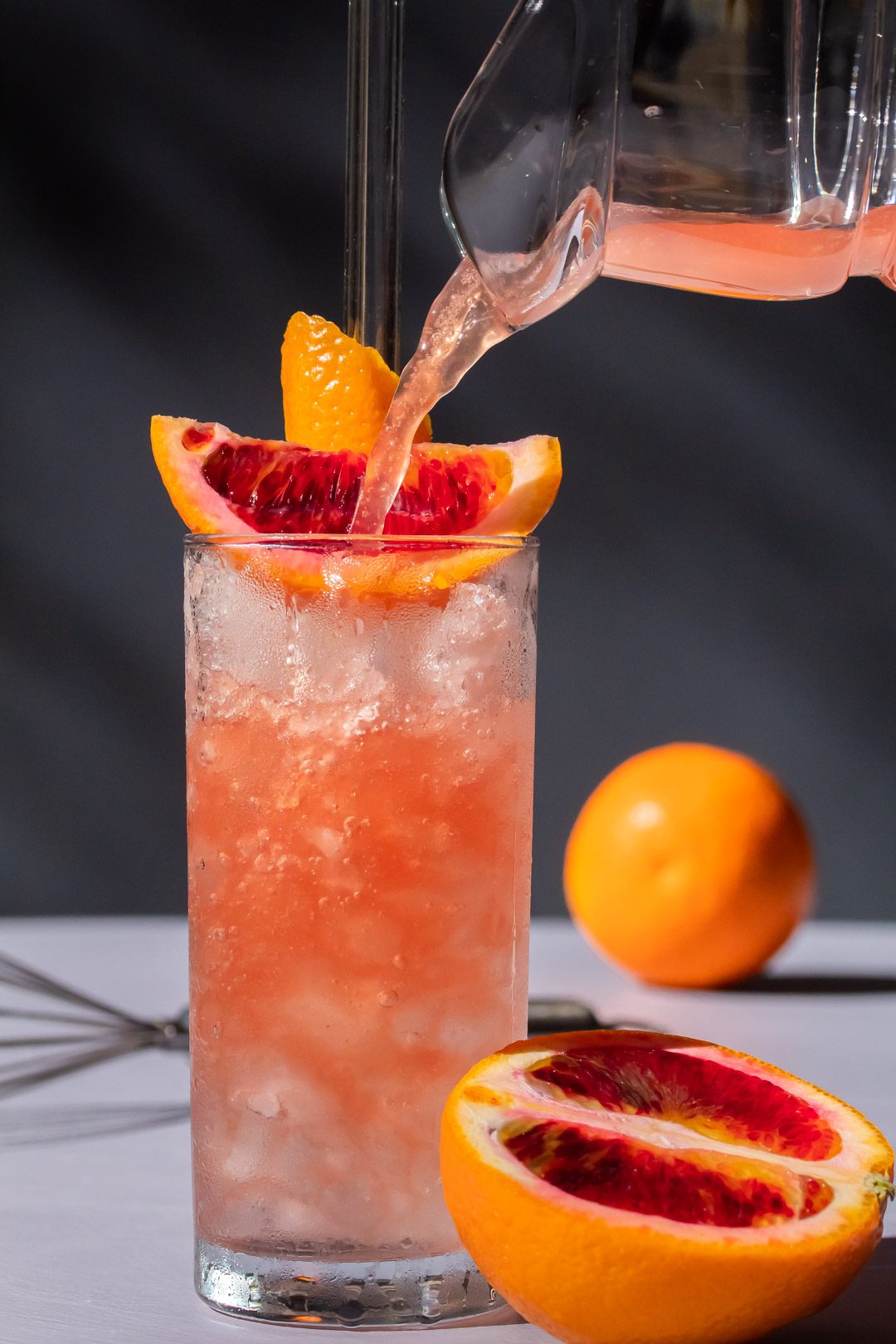
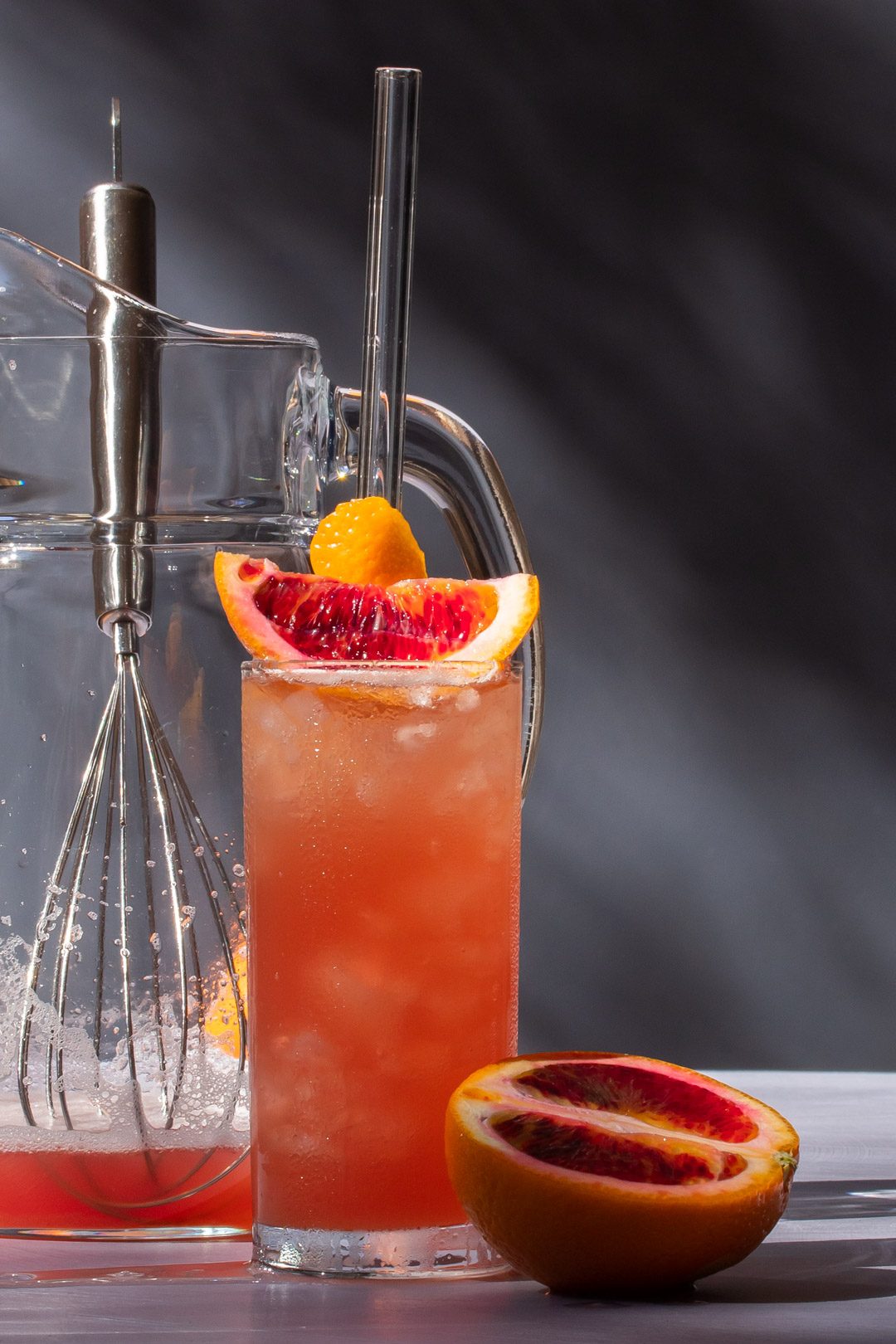
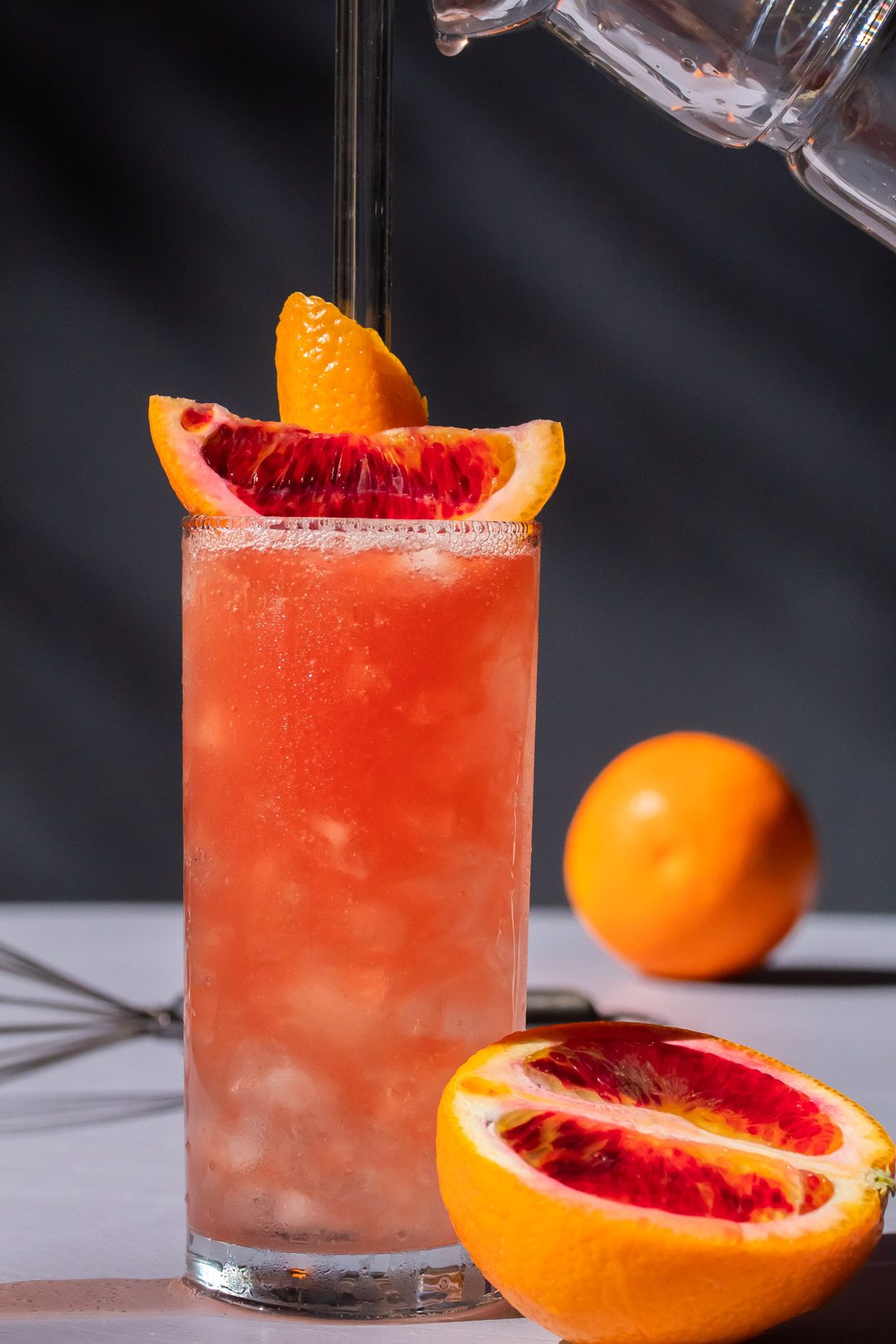
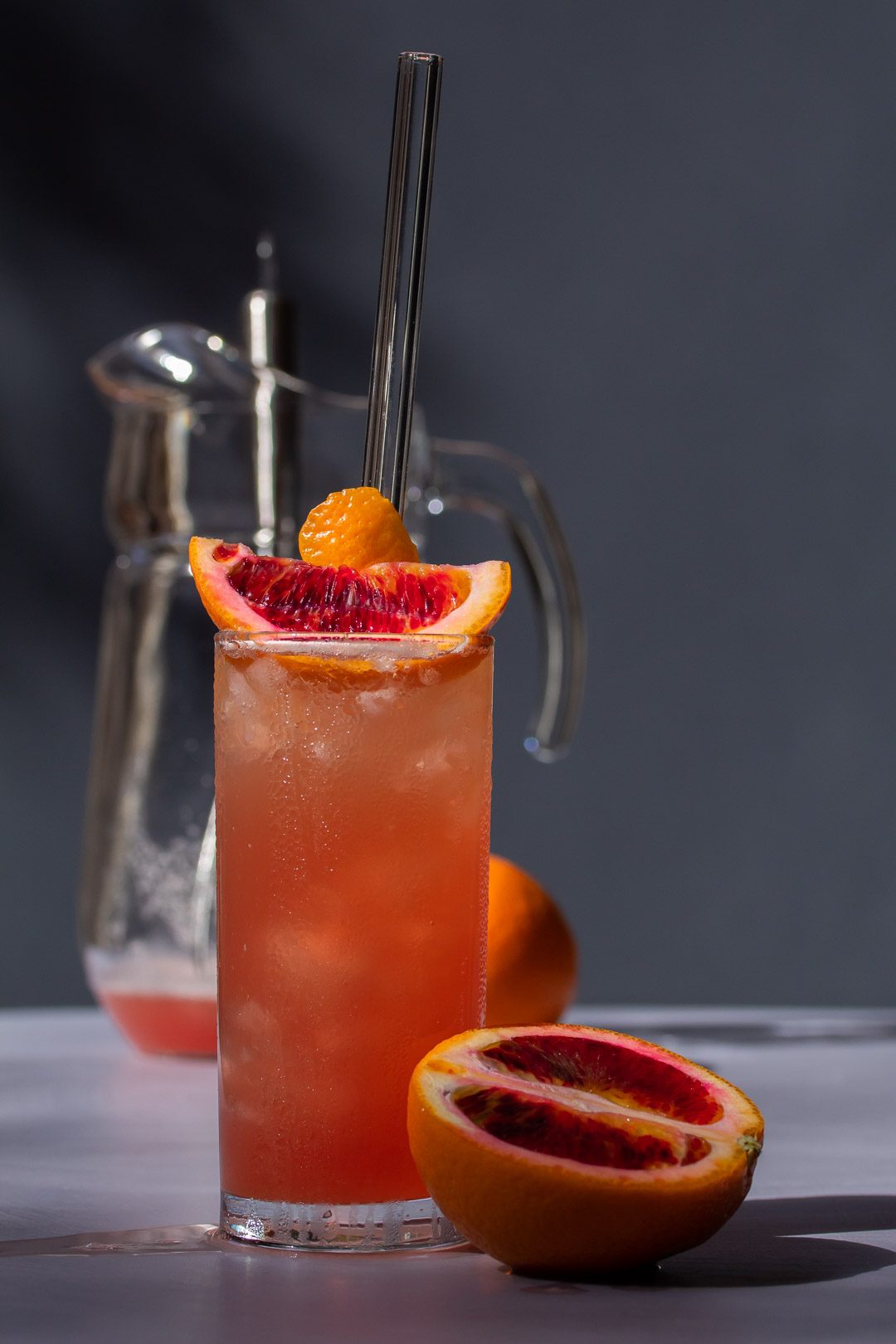
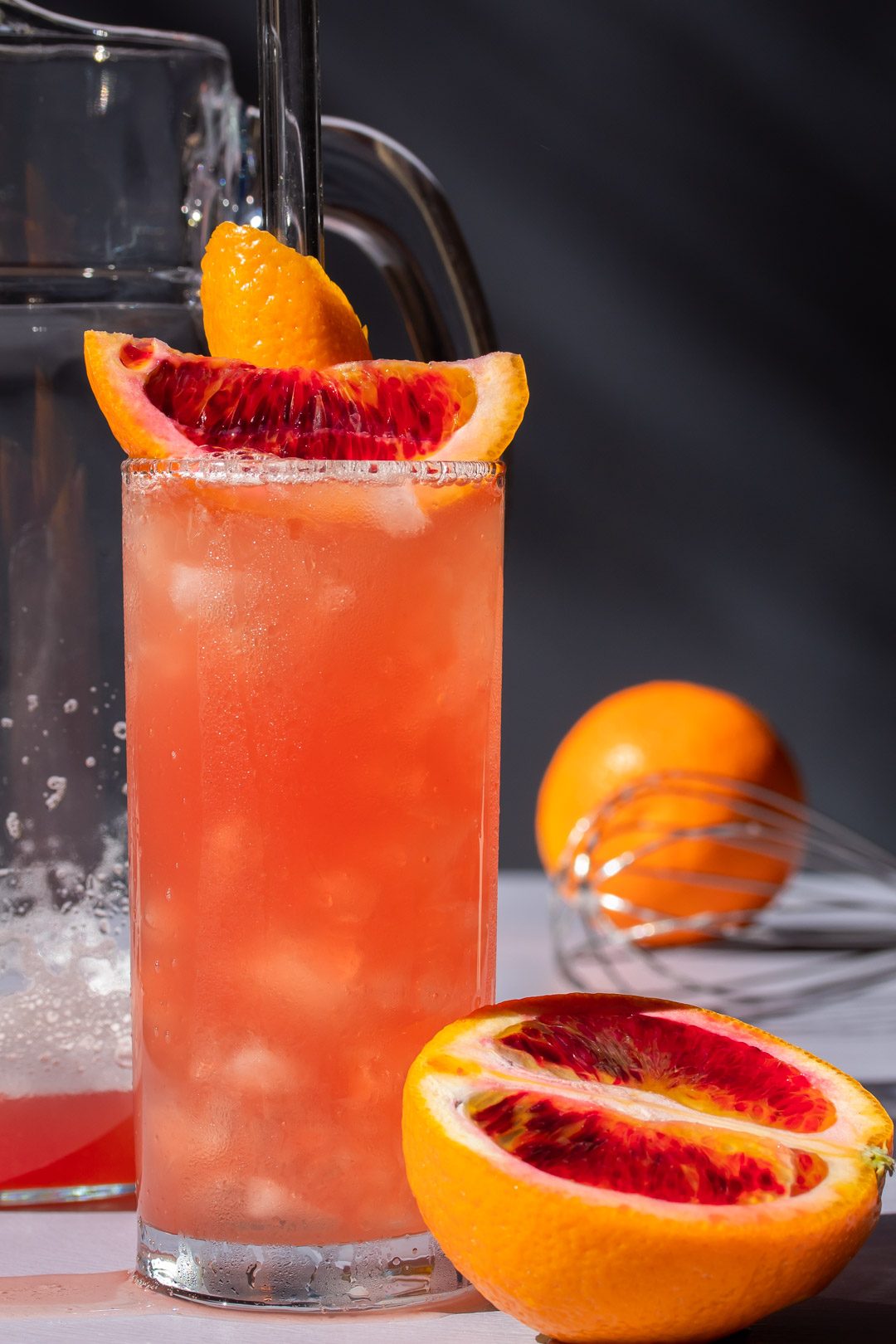
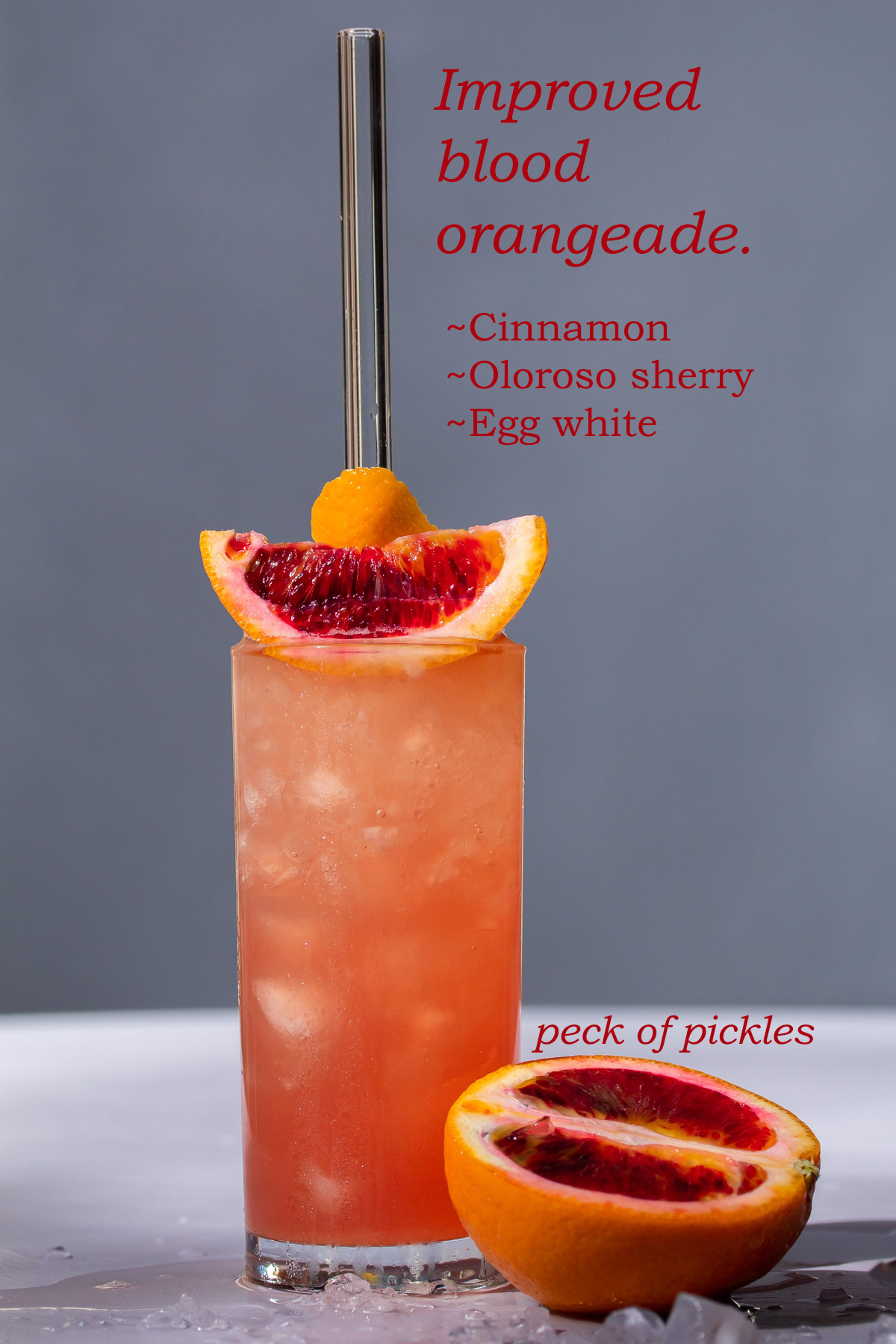
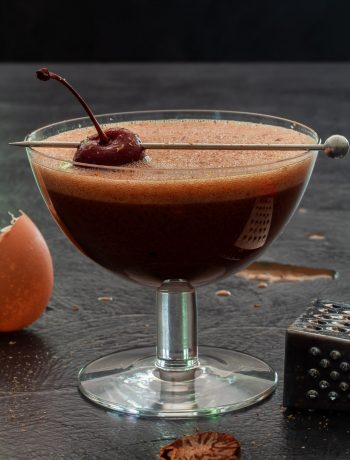
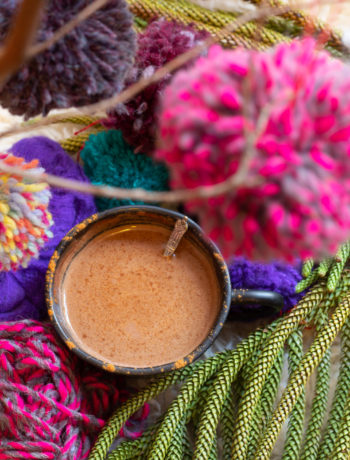
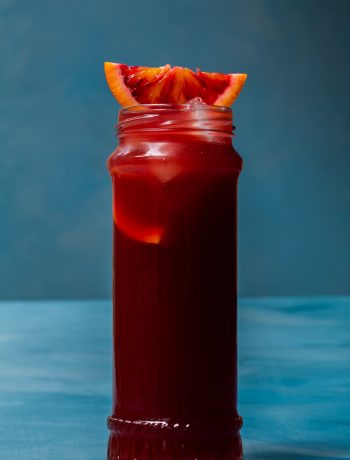
No Comments